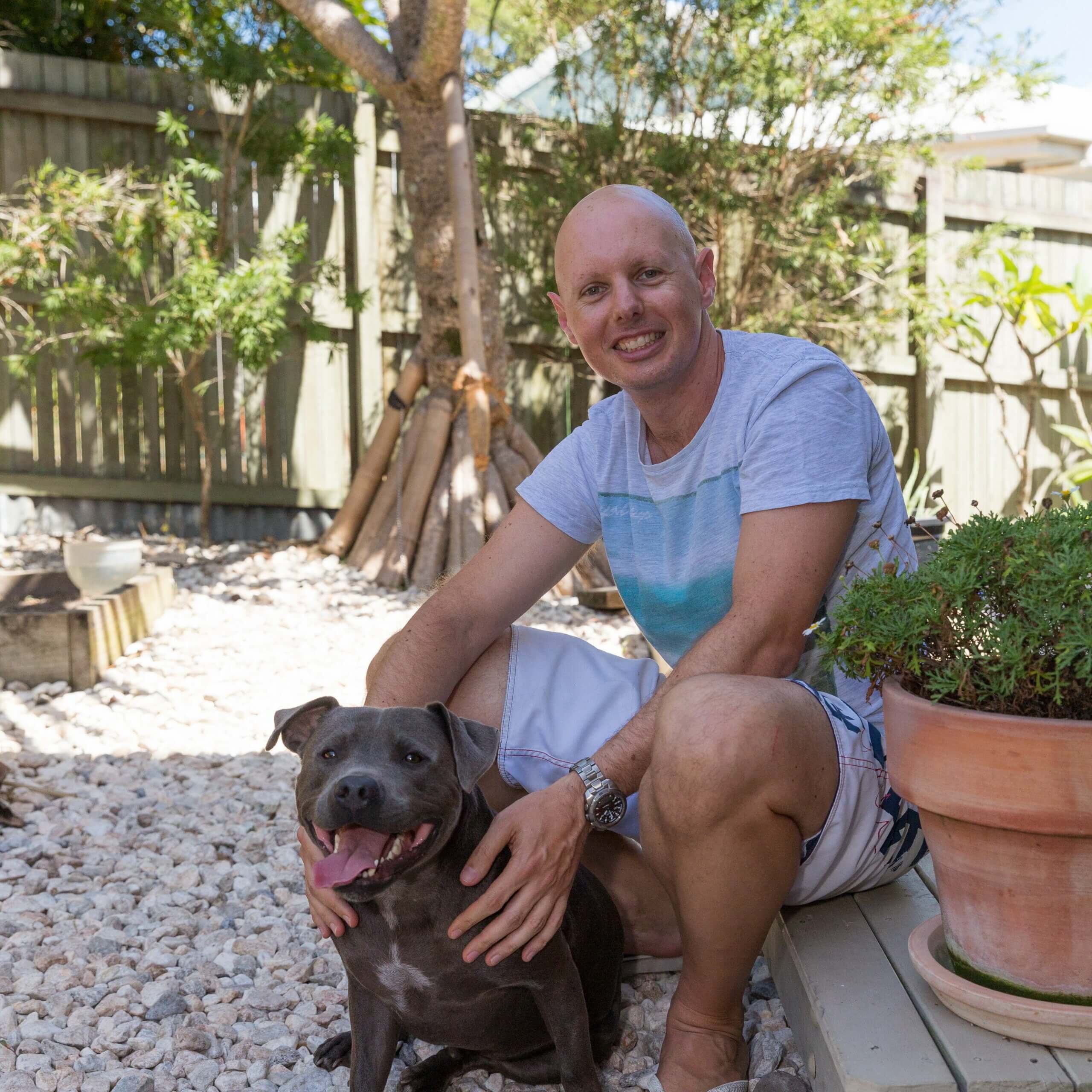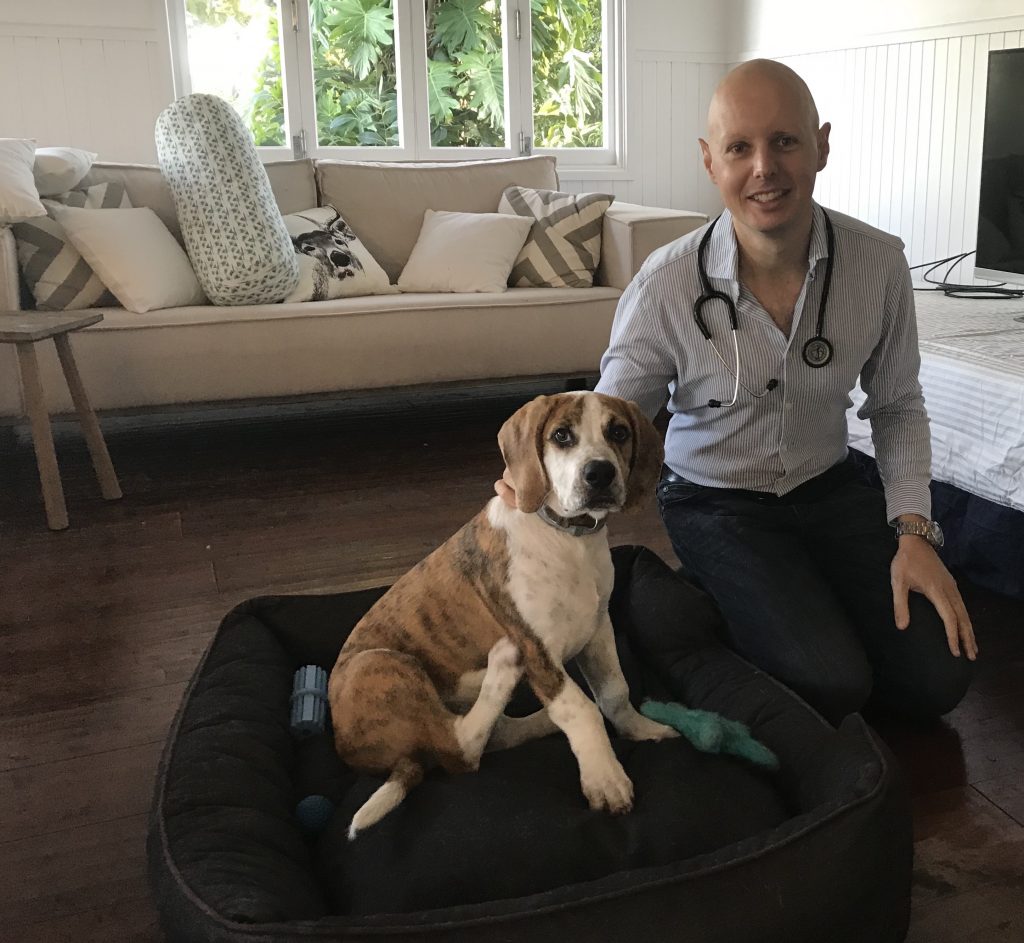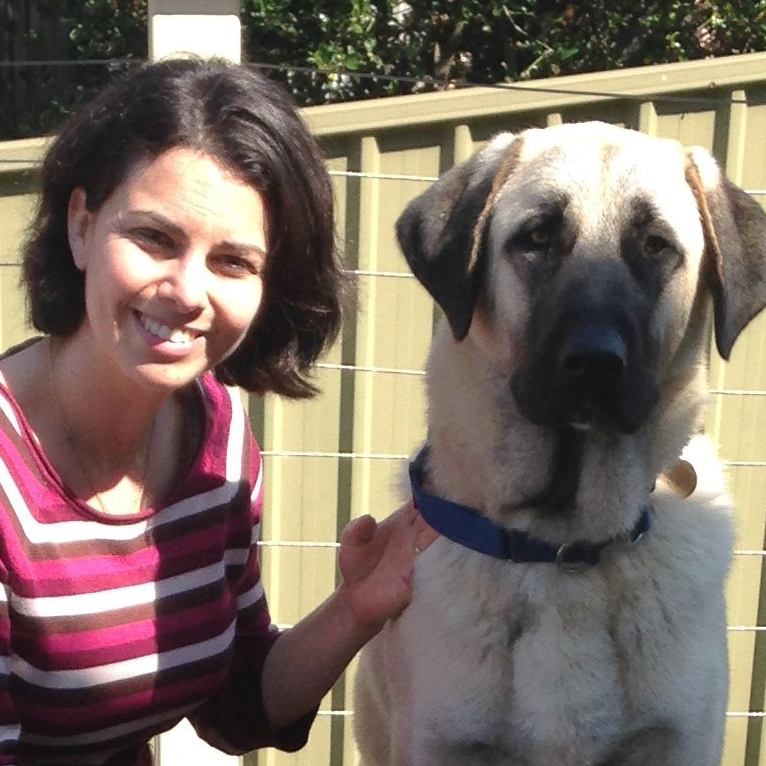When Brodie Sloan picked up her 10-week-old French Bulldog puppy from the breeder earlier this year, she was overjoyed with the prospect of having a new, furry best friend!

But, her excitement turned to horror soon after arriving home. Arnold was not acting like a young, healthy puppy would and started showing signs of illness. He began to have bad diarrhoea and didn’t have much appetite.
The breeder thought Arnold may have missed an earlier worming treatment. So Brodie de-wormed the sick pup but his condition got worse. He stopped eating and began vomiting!
“My partner and I rushed Arnold to our local vet, who put him on a drip overnight. The following morning, he was not showing any sign of improvement. The vet said we should prepare ourselves in case he does not make it,” said Brodie.
The vets performed a number of tests, including to check for the deadly Canine Parvovirus (which came back negative) and intestinal parasites, as Arnold was expelling a large amount of worms in his faeces. They were also concerned the diarrhoea and vomiting could have caused an injury to his intestines. Arnold went into surgery which showed no internal issues.
A second faecal sample came back – it was positive for Parvo, a viral infection that affects dogs and produces severe inflammation of the intestinal tract, which is especially life-threatening for young puppies like Arnold!
“Due to the timeframe we had Arnold, his presentation of declining health and the time it takes for Parvo to present itself in animals, the vet confirmed in the report that Arnold came to us having already contracted Parvo,” said Brodie. “We were devastated and in shock, as we had never experienced Parvo or known of any animals who have had it! It was an extremely horrific time for us all and we are just so grateful to have our Arnold recover and enjoy his time as a healthy puppy.”


What is Parvo virus?
Fortunately, Arnold’s story has a happy ending, but that is not the case for thousands of dogs that die each year from the terrible virus. Research has found that 20,000 plus Parvo cases occur annually in Australia with 10,000 deaths, many due to euthanasia as a result of the disease.
“Parvo is the most dangerous virus in Australia for dogs.” Queensland veterinarian Dr Mark Kelman said. “It kills more pet dogs in Australia every year than any other virus. In fact, in Australia a dog catches Parvo approximately every 25 minutes!”

Over the past 20 years, Dr Kelman has seen the most tragic Parvo cases come through clinic doors – puppies suffering from diarrhea, lethargy, vomiting and septicaemia, and some dying within 24 hours!
“Many puppies are affected due to exposure to soil that is contaminated with an infected dog’s faeces rather than direct contact with a previously infected dog,” explained Dr Kelman.
Once infected by Parvo, signs of the disease manifest within four to seven days, including loss of appetite, fever and can progress rapidly to vomiting, severe haemorrhagic diarrhoea and dehydration. Left untreated, the puppy will die.
It crucial that all dogs undergo a puppy vaccination program, which usually includes three injections at six to eight weeks, 12-14 weeks and 16-18 weeks, in order to continue protecting them against contracting this disease during puppyhood, said Dr Kelman.
Most people vaccinate their pets at their vet’s recommendation, but don’t understand the main reason for the multiple vaccinations necessary for their new puppy is to help prevent their pet catching or spreading Parvo, he said.
“Parvo is especially bad in more regional and socially disadvantaged areas. We believe a lack of vaccination in these areas plays a significant role in cases. Affordability and other social reasons are major contributors to the thousands of puppies dying across Australia every year from Parvo,” said Dr Kelman. “This is a major issue for all Australian pet owners. As there is evidence that Parvo is spread from these high-risk regions to the other areas. If we can stop Parvo in the high-risk areas, we can then dramatically reduce the risk of outbreaks in other areas too.”
General signs of Canine Parvo virus
- Lethargy
- Severe vomiting
- Loss of appetite
- Bloody, foul-smelling diarrhea
- Life-threatening dehydration
Did you know?
Parvo virus lives in the environment for over a year and takes time to disappear after outbreaks occur. It can also be transported on people’s shoes, so even dogs that don’t leave their property can still catch the virus. Vaccinating against Parvo is the only way to protect your beloved pets!
A bold plan to stop parvo

To stop Parvo in high-risk regions where the disease is killing our pets, Dr Kelman founded Paws for a Purpose, a charity that focuses on “helping pets and people in need” – and with a goal to make Parvo history!
“Pets are a vital part of people’s lives and our charity’s aim is to help address the issues keeping people and pets apart – particularly for those doing it tough,” said Dr Kelman. “That’s why the team is embarking upon communication-and-vaccination strategies in areas of social disadvantage where the disease is endemic. Using technology, communication, innovation and love, the group is working on changing the world for pets and people, for the better.”
Brodie wished she had understood more about the Parvo virus before Arnold was diagnosed and nearly died.
“Paws For A Purpose is an amazing educational resource that will help to spread awareness of Parvo! The more people are educated about the severity and prevalence of the disease, the greater the ability to reduce instances will be,” said Brodie. “After our experience with Parvo, we now stress the importance of vaccinating your puppy and to gain an understanding of the virus, how it is spread and the illness it can cause.”
Article written by Caroline Zambrano of Pet Journo

